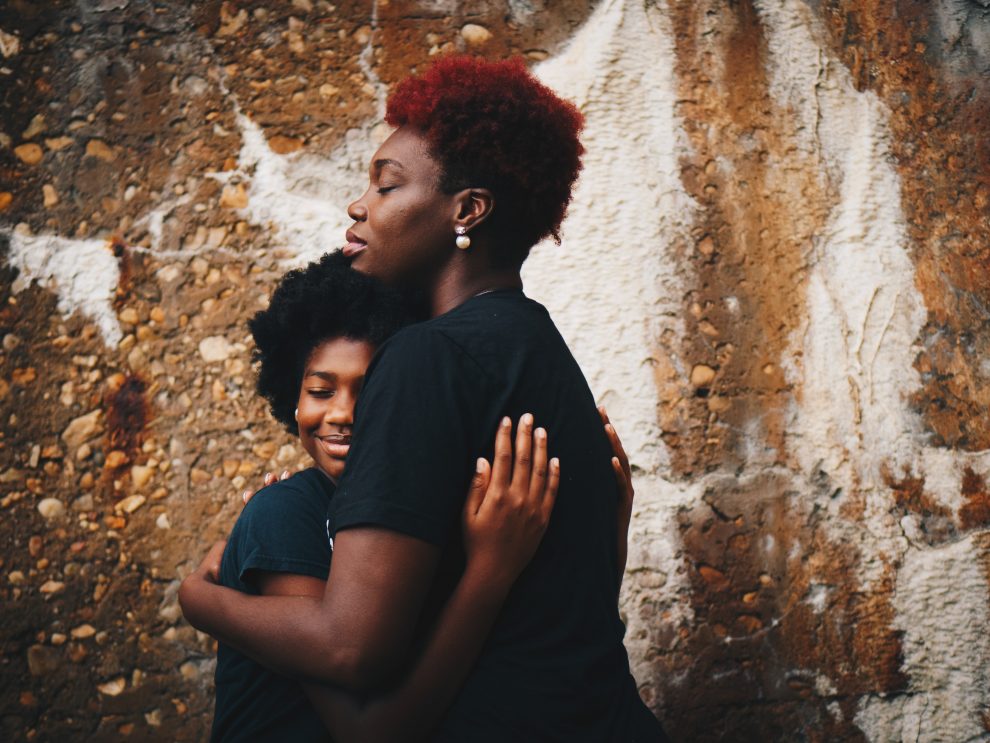The only test I ever flunked was in my freshman year of Catholic high school, when after being out sick a few days, I returned to biology to be handed—to my horror—a test asking us to label the parts of the male reproductive system.
Years would pass before such parts were mentioned openly on TV. Some classmates in my all-girls school had enough firsthand experience, from diapering baby brothers or other extracurricular activities, to know the terms without a textbook. At my home a force field of silence surrounded anything having to do with s-e-x. So along with the dreaded failing grade churned the suspicion that I knew less about this subject than anyone in my class.
My husband recalls an agonizing adolescent appointment with his father, watching his dad struggle for words about the facts of life, thinking, “I’ve never seen him this nervous in my life.”
We are determined not to repeat these experiences for our own kids. We read some good advice: Pay attention to what kids are asking and what they’re not asking. Give age-appropriate, matter-of-fact answers to questions.
We also want to present the good news about sexuality—how God made men and women beautiful to one another, and because of that babies are born and human life goes on. Parents need to spell out this dimension because you often find yourself answering questions when a child happens to hear the news about, say, a sexual crime and asks you to define rape, child sexual abuse, or abortion. A straight answer still works best (though we did punt on the abortion question for a while).
With older kids we can focus on the respect we owe to others and what that means in the context of sexuality: That sexual activity expresses commitment in marriage rather than being a recreational activity for anyone past puberty, as pop culture indicates. That males and females ought never be sexual objects, despite their portrayal as such in the tide of soft-core porn that washes over even our grade-schoolers today.
One day we passed a poster of a barely clad woman in an ad. “Why does she have almost no clothes on?” asked my son. “People making ads sometimes use women’s and men’s bodies to get people’s attention,” I replied, “so they’ll want to buy the stuff being advertised. They’re taking advantage of the fact that God makes us beautiful to one another, only they’re using it to make money.”
“So why would she do something like that?” he asked. Good question, kid.
A friend taught theology to Catholic high school boys. They admitted that when they had questions about sex, they asked each other—pooling their near-complete ignorance. He asked, “Do you know anyone who’s actually had sex?” They laughed, at last saying no. My friend said, “But what about—your parents?” They hooted: “Gross!”
But who can give your child a stronger foundation as a sexual being: you, or the middle school crowd passing around the cell phone with the latest compromising photo? Our kids would be right to claim that we owe it to them.
This article appeared in the August 2010 issue of U.S. Catholic (Vol. 75, No. 8, page 49).
Photo by Eye for Ebony on Unsplash












Add comment